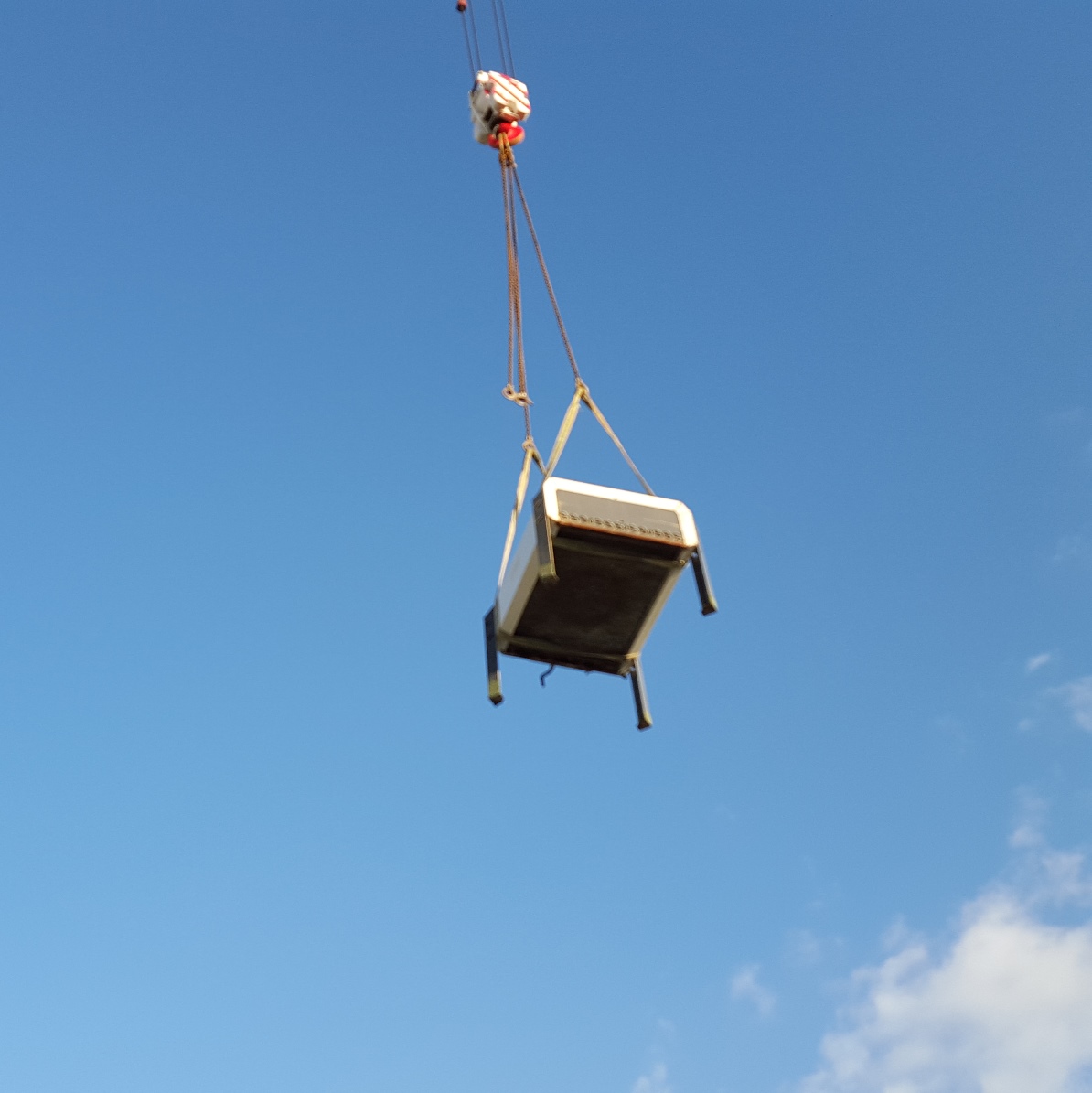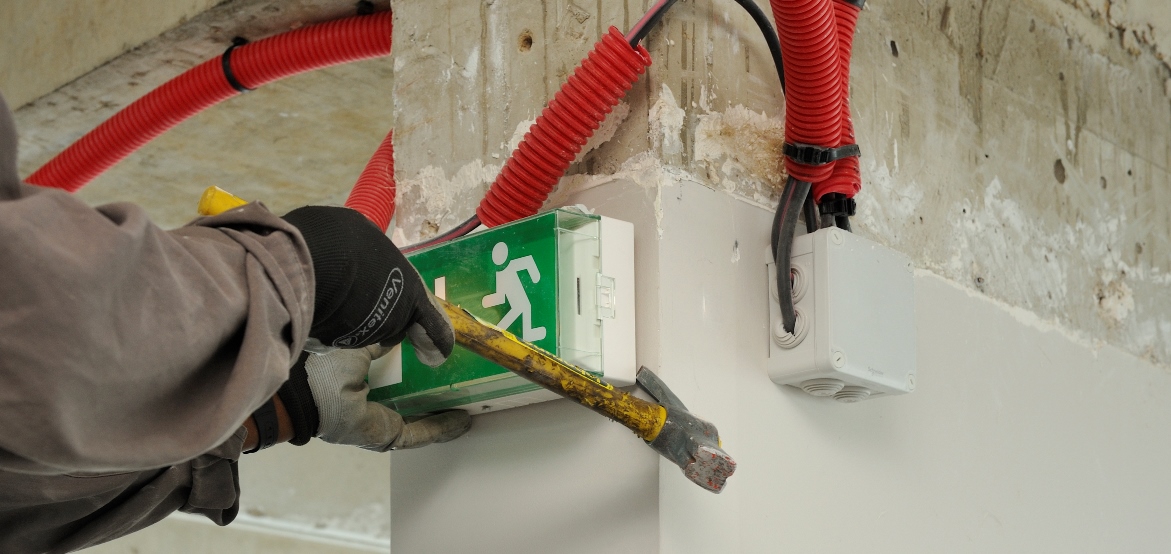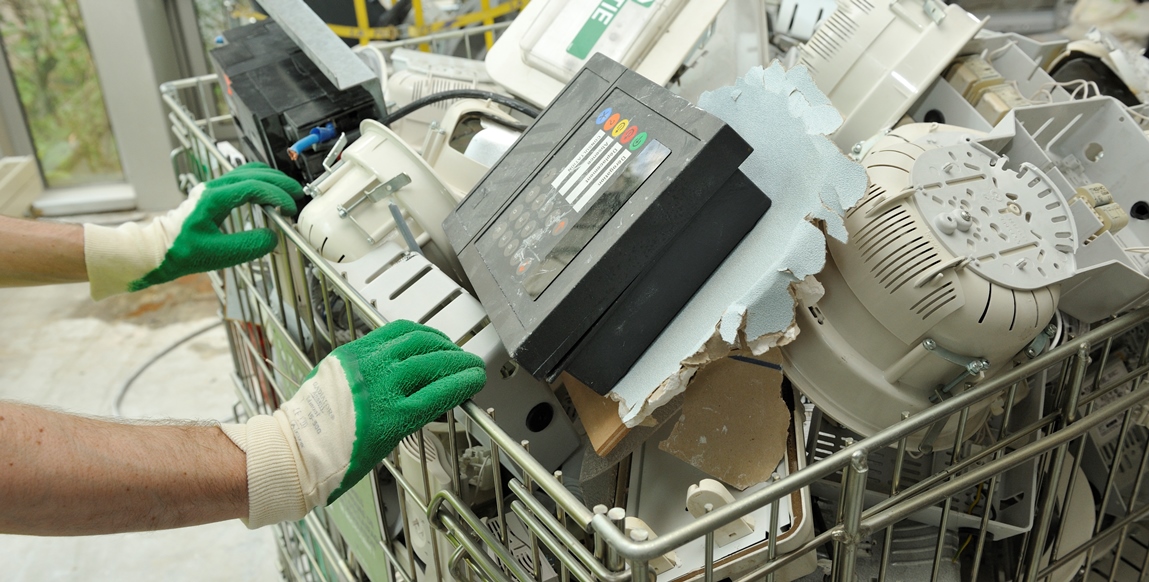Everything you need to know about WEEE collection in 2018.


25%
overall collection rate in 2018

34,050
tonnes of appliances collected in 2018
549
Professional retailers
1,909
Installers/fitters
5,843
End users
24,011
Waste management operators
1,737
Reuse and export
|
Definition
|
Tonnes
|
|
|
|
|---|---|
| Gros appareils froid | 1,308 |
| Large professional equipment | 1,739 |
| Small professional equipment | 70 |
| Professional lighting equipment | 3,045 |
| Professional electric and electronic tools | 5,560 |
| Professional medical devices | 4,118 |
| Professional monitoring and surveillance instruments | 16,623 |
| Professional vending machines | 1,556 |
| Professional installation equipment for low voltage electricity networks and communications networks | 30 |
1,586
End users
1,531
Waste management operators
442
Professional retailers
1,417
Installers/fitters
507
End users
680
GDD
1
Professional retailers
2
Installers/fitters
126
End users
5,432
Waste management operators
14
Professional retailers
4
Installers/fitters
1,990
End users
374
Waste management operators
1,736
Reuse and export
93
Professional retailers
487
Installers/fitters
888
End users
15,155
Waste management operators
1
Reuse and export
747
End users
809
Waste management operators
|
Categories
|
Collection rate
|
Target collection rate
|
|
|
|---|---|---|
| Cat. 1 | 8.5% | 15% |
| Cat. 2 | 17.6% | 14% |
| Cat. 5 | 8.6% | 10% |
| Cat. 6 | 27.6% | 10% |
| Cat. 8 | 32.0% | 35% |
| Cat. 9 | 63.6% | 28% |
| Cat. 10 | 30.7% | 27% |

Each year, France produces more than 11 million tonnes of waste from non-structural construction waste. Today about 30% this is recovered, which is well below the target of 70% by 2020 set by the energy transition law for green growth. Electric and electronic equipment is found amongst this non-structural construction waste which rarely finds its way into our industry because it suffers from the same obstacles in proper waste management as that of waste from the refurbishment and demolition of buildings. This is how the Démoclès project was born; a platform bringing together project owners and managers, construction companies, waste management operators and recovery industries. Démoclès stands for a change towards a circular economy based on the collective energy in construction industry’s value chain.
Following the publication of the Circular Economy Road Map (CERM), the Démoclès platform contributed in the working group focusing on measure 33 “Reviewing waste management in the construction industry and making collection more efficient”, in particular in the context of the working group chaired by Jacquers Vernier on the recovery of construction waste. The proposal supported by the Démoclès platform focused on “traceability”. It defines this via two concepts: relevant and shared information on waste characteristics in order to encourage recovery and proof of the final destination of waste. Furthermore, traceability creates value and enables environmental risks linked to poor waste management to be reduced, whilst encouraging recovery processes instead of disposal. This contribution is reflected by the launch of a study on “foreshadowing of a French construction waste traceability model (study co-funded by ESR, the ADEME and USH).
In 2018, Démoclès has published two tools for construction industry players:
The Démoclès platform has already exceeded its targets for the 2017-2018 period, and a new application for subsidies has been submitted for the project’s 3rd phase for 2019-2021. Furthermore, the site www.democles.org went on line in 2018.

Whereas the main stakeholders in project management are already committed to changing in regards to recovering construction waste, construction companies who submit bids in response to invitations to tender do not always know how to comply with their requirements.
Consequently, the TREE-E solution convention was born in order to answer the questions posed by construction companies and to provide practical solutions in implementing the Democles recommendations in the field. This involves correctly identifying waste, evaluating the recovery rate, adapting the containers and logistics, supplying proof-of-recovery notes, carrying out selective disposal without forgetting traceability.
Through the three-party TREE-E convention, signed in 2018 with ADT and Valdélia, ESR would like to improve the knowledge on WEEE in the construction industry, carry out a baseline inventory in WEEE waste management on demolition and refurbishment work sites and make tools and recommendations available to stakeholders that foster WEEE collection and recovery.
TREE-E addresses 4 main working areas on demolition and refurbishment work sites: an exhaustive and clear assessment tool for the easy identification of WEEE and Furniture waste (FW) on work sites, a site traceability process up to the final destination of the waste, collection containers that meet work site requirements as well as the circulation of best practice in WEEE disposal for associates.
In Guadeloupe, 29 tonnes of professional WEEE were collected in 2018. New collection points (CP) were created thanks to the collection of old electricity meters by EDF. In Martinique, the number of CP for professional WEEE rose from 22 in 2017 to 31 in 2018, including 7 EDF CP that are responsible for collecting 200,000 meters over 4 years. The collection of professional equipment has thereby tripled over the past year.
On Reunion Island, the SICR also formed partnerships with EDF and deployed collection trucks. However, all of ESR’s services were suspended due to a lack of containers. The SICR thereby worked on slowing down collection from the premises awaiting collection, on being in contact with all stakeholders and on monitoring collection and service-providers. Collection was started up again on 10 December.